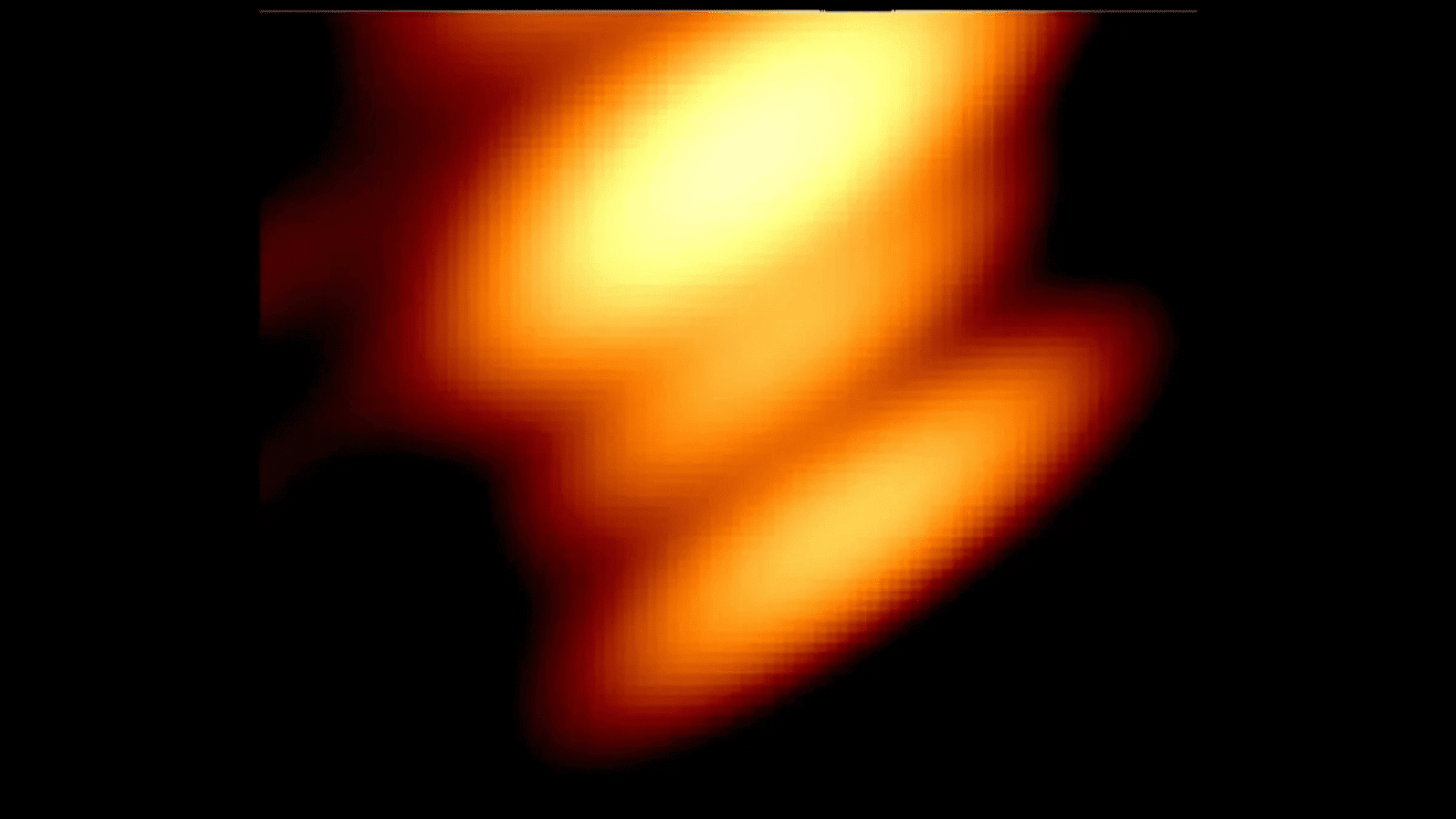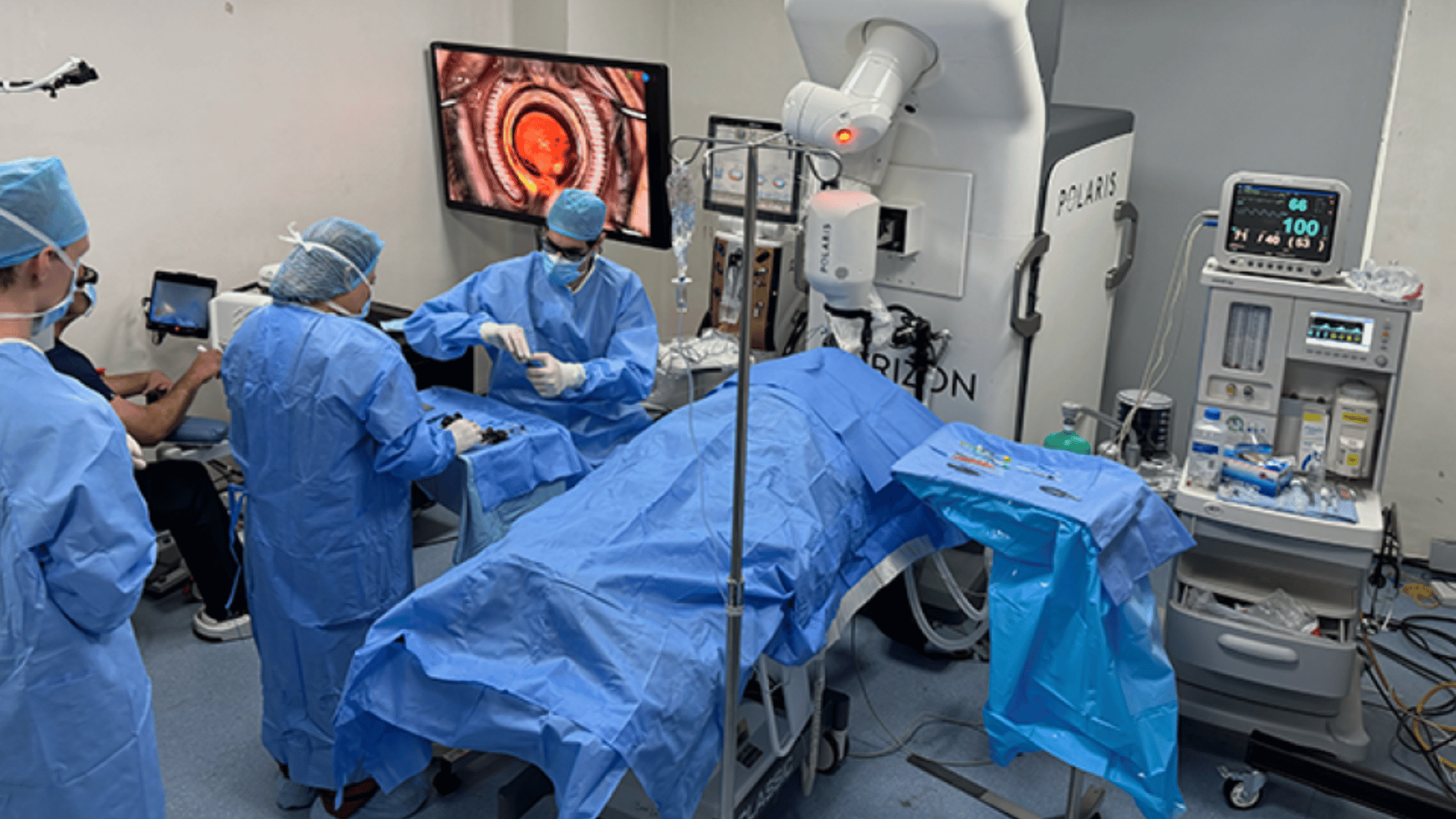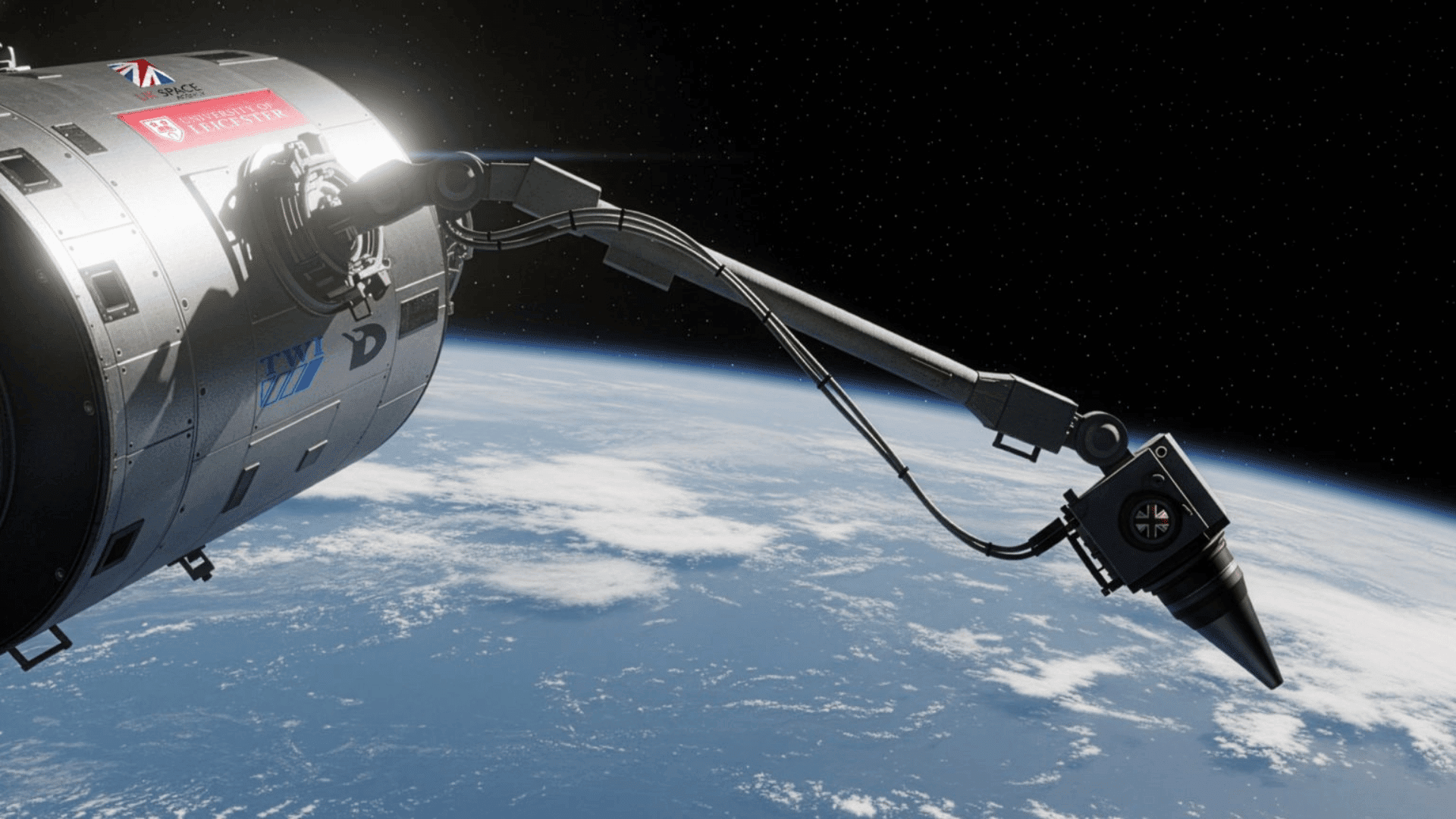Due to the extremely active supermassive black hole at its center, Quasar OJ287 is so bright that it can be seen by amateur astronomers. However, as the first-of-a-kind radio images have revealed, the black hole is being orbited by a companion.
A Cosmic Photography First

Active black holes can emit a jet of particles as they feed on material that surrounds them. The team behind these new images detected the signature of not just one but two jets from the quasar, indicating the presence of a second active black hole.
“For the first time, we managed to get an image of two black holes circling each other. In the image, the black holes are identified by the intense particle jets they emit. The black holes themselves are perfectly black, but they can be detected by these particle jets or by the glowing gas surrounding the hole,” first author Mauri Valtonen from the University of Turku, Finland, said in a statement.
In visible light, there are 136 years’ worth of observations of this object that show changes in brightness every 12 years. The implication is that the second black hole orbits the first in that time.
“Quasar OJ287 is so bright that it can be detected even by amateur astronomers with private telescopes. What is special about OJ287 is that it has been thought to harbor not one but two black holes circling each other in a 12-year orbit, which produces an easily recognizable pattern of light variations in the same period,” added Valtonen.
The larger of the two black holes is estimated to be 18 billion times the mass of the Sun, and the smaller black hole is around 150 million times the mass of the Sun. To make the discovery, researchers used a radio telescope system radio image obtained by a network that featured the RadioAstron, a Russian scientific satellite equipped with a radio telescope.
“The satellite’s radio antenna went halfway to the moon, which greatly improved the resolution of the image,” Valtonen said. “In recent years, we have only been able to use Earth-based telescopes, where the image resolution is not as good.”
The study is published in The Astrophysical Journal.







